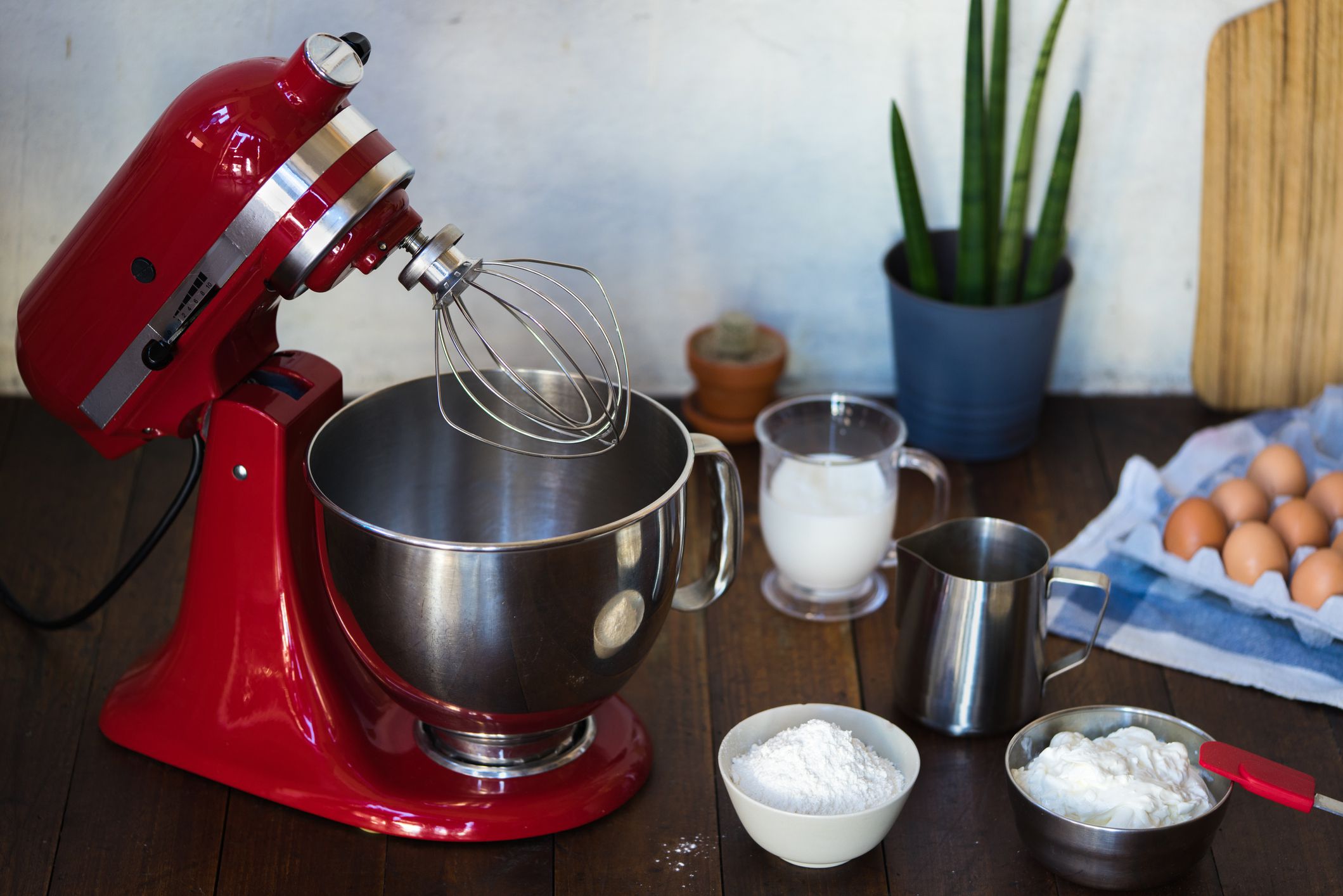

Articles
What Is Good Mixer
Modified: February 28, 2024
Discover the benefits of using a good mixer for your articles. Ensure accurate blending and smooth results with our top-rated mixers. Enhance your writing skills today!
(Many of the links in this article redirect to a specific reviewed product. Your purchase of these products through affiliate links helps to generate commission for Storables.com, at no extra cost. Learn more)
Introduction
A mixer is an essential tool in any kitchen or bar that allows for the efficient blending and mixing of ingredients. Whether you’re a professional chef or an avid home cook, having a good mixer can greatly simplify your cooking process and produce better results. In this article, we will explore the definition of a mixer, discuss the importance of a good mixer, highlight the features of a good mixer, explore the different types available, and provide some factors to consider when choosing a mixer. We will also touch on common mistakes to avoid when using a mixer and offer tips on maintenance and proper care.
Imagine a world without mixers. Making dough, whipping cream, or blending ingredients for smoothies would be incredibly time-consuming and labor-intensive. That’s where mixers come in. They are designed to quickly and efficiently combine ingredients, saving you time and effort in the kitchen. Whether you’re a professional baker in a bustling bakery or a novice cook experimenting in your home kitchen, a good mixer is a game-changer.
So, what exactly is a mixer? In simple terms, a mixer is a kitchen appliance that uses rotating beaters, paddles, or blades to blend, mix, and whip ingredients. It eliminates the need for manual stirring and whisking, allowing you to achieve consistent and smooth results. From whisking egg whites to kneading dough, a mixer can handle a wide range of tasks with ease.
Having a good mixer is crucial for several reasons. Firstly, it saves you a significant amount of time and effort. Mixing ingredients by hand can be tiring and time-consuming, especially when dealing with large quantities or thick batters. A good mixer takes care of the hard work for you, allowing you to focus on other aspects of your cooking or baking.
Secondly, a good mixer helps ensure consistent results. The precise and consistent mixing action of a mixer helps evenly distribute ingredients throughout the mixture, resulting in a uniform texture and taste. This is particularly important when baking, as precise measurements and thorough mixing are key to achieving light and fluffy cakes, moist cookies, and perfectly risen bread.
Furthermore, a good mixer provides versatility in the kitchen. With different attachments and settings, you can adapt the mixer to suit various recipes and techniques. Whether you need to whip cream, knead dough, or blend ingredients for a sauce, a mixer can handle it all, making it a versatile and indispensable tool.
Key Takeaways:
- A good mixer is a kitchen essential, saving time and effort while ensuring consistent and professional-quality results. From hand mixers to stand mixers, the right choice can elevate your culinary endeavors.
- Proper maintenance and care are crucial for extending the lifespan and optimizing the performance of your mixer. Avoid common mistakes and follow usage guidelines to make the most out of this invaluable kitchen tool.
Read more: What Is A Mixer
Definition of a Mixer
A mixer is a versatile kitchen appliance that is designed to blend, mix, and whip ingredients with ease. It consists of a motorized base connected to various attachments such as beaters, paddles, or blades. The motor provides the power necessary to rotate the attachments, creating a consistent and efficient mixing action.
Mixers come in a variety of sizes, styles, and power capacities to suit different needs and preferences. They can be categorized into hand mixers and stand mixers.
Hand mixers are compact and handheld devices that are ideal for smaller mixing tasks. They are lightweight, easy to maneuver, and suitable for occasional use. Hand mixers are often equipped with different speed settings and removable beaters for easy cleaning.
Stand mixers, on the other hand, are larger and more powerful appliances that sit on your countertop. They feature a sturdy base with a mixing bowl and a stand that holds the motor and attachments. Stand mixers are designed for heavy-duty mixing tasks and are a popular choice among professional chefs and avid bakers.
In addition to the attachments mentioned above, mixers may also come with additional accessories such as dough hooks for kneading bread dough or whisk attachments for whipping cream and egg whites. These attachments can be easily interchanged and provide versatility in the kitchen.
Modern mixers often have multiple speed settings, allowing users to adjust the speed according to the specific mixing task at hand. Lower speeds are suitable for stirring and gentle mixing, while higher speeds are ideal for whisking and beating ingredients more vigorously.
Some mixers also come equipped with special features such as a tilting head or a bowl-lift mechanism. These features make it easier to add ingredients or scrape the sides of the mixing bowl without interrupting the mixing process.
In recent years, there has been a rise in the popularity of advanced mixers that incorporate smart technology. These mixers often include features like touchscreens, timers, and pre-programmed settings for precise and consistent results.
Overall, a mixer is an indispensable tool in the kitchen that simplifies the process of blending and mixing ingredients. It saves time, ensures consistent results, and provides versatility, making it a must-have appliance for both amateur cooks and professional chefs.
Importance of a Good Mixer
Having a good mixer in your kitchen is of utmost importance for several reasons. Whether you’re a seasoned chef or a novice cook, investing in a high-quality mixer can greatly enhance your culinary endeavors. Let’s explore the key reasons why a good mixer is essential.
Time and Effort Saving: A good mixer streamlines your cooking and baking process by eliminating the need for manual mixing. Mixing ingredients by hand can be time-consuming and physically demanding, especially for tasks that require consistent and thorough blending. A good mixer takes care of the hard work, allowing you to mix ingredients effortlessly and efficiently. Whether it’s whipping cream, kneading dough, or blending sauces, a mixer can significantly reduce the time and effort required to achieve the desired results.
Consistent Results: Achieving consistent and uniform results is crucial in the culinary world, especially when it comes to baking. A good mixer ensures that all the ingredients are thoroughly mixed and evenly distributed, resulting in consistent textures and flavors in your dishes. This is essential for delicate pastries, bread doughs, cake batters, and other recipes where precise measurements and thorough mixing are paramount. With a good mixer, you can eliminate the inconsistencies that can arise from manual mixing, allowing you to produce professional-quality results every time.
Versatility: A good mixer offers versatility in the kitchen, allowing you to tackle a wide range of culinary tasks with ease. Many mixers come with various attachments that can be used for different purposes. For example, dough hooks are great for kneading bread dough, while whisk attachments are ideal for whipping cream or egg whites. Some mixers even have additional accessories like pasta makers and meat grinders, expanding the range of recipes you can create. With a good mixer, you can experiment with different techniques and try out new recipes, providing endless possibilities for culinary creativity.
Efficient Mixing Action: The powerful motor and well-designed mixing action of a good mixer ensure thorough blending of ingredients. This is particularly important when working with dense batters or tough doughs that require significant mixing. A good mixer can handle these tasks effortlessly, saving you from having to exert excessive force when mixing by hand. The consistent and efficient mixing action of a good mixer helps break down lumps, incorporate air into batters, and create smooth, well-mixed results.
Professional-Grade Performance: Whether you’re a professional chef or a home cook aspiring to achieve professional-level results, a good mixer is essential. It provides the performance and reliability needed to create dishes that impress. With a powerful motor and sturdy construction, a good mixer can handle demanding tasks and heavy mixing loads. This allows you to confidently tackle large batches of dough or mixtures without compromising on quality. Investing in a good mixer is investing in your culinary skills and the ability to create exceptional dishes.
In summary, a good mixer is a valuable tool that saves time, ensures consistent results, provides versatility, offers efficient mixing action, and allows for professional-grade performance. Whether you’re a passionate home cook or a professional chef, having a good mixer in your kitchen is essential for taking your culinary creations to new heights.
Features of a Good Mixer
When it comes to choosing a good mixer, there are several key features to consider. These features contribute to the overall performance, versatility, and convenience of the mixer. Let’s explore some of the important features to look for when selecting a mixer.
Powerful Motor: One of the most crucial features of a good mixer is a powerful motor. The motor determines the strength and efficiency of the mixing action. A higher wattage motor provides more power and can handle tougher mixing tasks, such as kneading thick dough or blending dense batters. Look for a mixer with a motor that is strong enough to meet your specific needs and desired usage. A powerful motor ensures that the mixer can handle a variety of recipes and ingredients with ease.
Multiple Speed Settings: Another important feature to consider is multiple speed settings. A good mixer should offer different speed options to cater to various mixing tasks. Lower speeds are useful for gentle stirring and folding delicate ingredients, while higher speeds are ideal for whipping cream or beating batters. Having the ability to adjust the speed allows for greater control and precision in achieving the desired mixing results.
Durable Construction: The durability of a mixer is important, especially if you plan to use it frequently or for heavy-duty tasks. Look for a mixer with a sturdy and well-built construction, preferably made with high-quality materials that can withstand the rigors of mixing. A durable mixer will have a longer lifespan and provide reliable performance over time.
Mixing Action: The mixing action of a mixer refers to how the attachments rotate and blend the ingredients. Look for a mixer that has a well-designed mixing action, ideally with attachments that reach the sides and bottom of the mixing bowl. This ensures thorough and consistent mixing, preventing any ingredients from being left unmixed. A good mixing action helps create evenly blended mixtures and eliminates the need for manual scraping and stirring.
Attachments and Accessories: The availability and variety of attachments and accessories are important features to consider. A good mixer should come with a range of attachments that can cater to different recipes and techniques. Common attachments include whisk attachments for whipping cream and egg whites, paddle attachments for general mixing, and dough hook attachments for kneading bread dough. Some mixers even have additional accessories like pasta makers or food processors, expanding the versatility of the mixer. Consider your specific cooking and baking needs and ensure that the mixer you choose provides the necessary attachments for your desired recipes.
Bowl Capacity: The size or capacity of the mixing bowl is another important aspect to consider. For smaller recipes or occasional use, a smaller bowl capacity may suffice. However, if you often bake in larger quantities or need to mix large batches of dough, a mixer with a larger bowl capacity will be more suitable. A good mixer should have a bowl capacity that suits your typical usage without feeling cramped or overflowing.
Ease of Cleaning: The ease of cleaning is an often overlooked but important feature to consider. A good mixer should have detachable parts that can be easily cleaned, such as removable beaters or dishwasher-safe attachments. Look for mixers with non-stick surfaces or smooth finishes that are easy to wipe clean. Additionally, some mixers have features like tilt-head or bowl-lift mechanisms that allow for easier access to the bowl and attachments for cleaning purposes.
By considering these key features, you can ensure that you choose a good mixer that meets your specific needs and provides a seamless experience in the kitchen. A mixer with a powerful motor, multiple speed settings, durable construction, efficient mixing action, versatile attachments, appropriate bowl capacity, and easy cleaning options will greatly enhance your cooking and baking endeavors.
Types of Good Mixers
When it comes to mixers, there are various types available, each with its own unique features and advantages. Understanding the different types of mixers can help you select the one that best suits your specific cooking and baking needs. Let’s explore some of the most common types of good mixers.
Hand Mixers: Hand mixers are compact and versatile devices that are held by hand while in use. These mixers are lightweight, easy to handle, and perfect for smaller mixing tasks. They are ideal for occasional or light use and are often preferred by those with limited kitchen space or on-the-go lifestyles. Hand mixers typically have multiple speed settings and come with removable beaters for easy cleaning. They are convenient for tasks such as whipping cream, beating eggs, and mixing cake batters.
Stand Mixers: Stand mixers are larger and more powerful appliances that sit on your countertop. These mixers come with a sturdy base, a mixing bowl, and a stand to hold the motor and attachments. Stand mixers are designed for heavy-duty mixing tasks and are a popular choice among professional chefs and avid bakers. They offer more power and stability compared to hand mixers, making them ideal for handling dense doughs, large batches of batter, and other demanding recipes. Stand mixers often feature a tilt-head or bowl-lift mechanism, allowing for easy access to the bowl and attachments.
Commercial Mixers: Commercial mixers are heavy-duty and high-capacity mixers specifically designed for professional use in commercial kitchens, bakeries, and restaurants. These mixers are built to handle large quantities of dough, batter, or other ingredients. They feature powerful motors, durable construction, and various attachments for different mixing needs. Commercial mixers are an essential tool for high-volume food production and are designed to withstand frequent and intensive use.
Handheld Immersion Blenders: While not technically mixers in the traditional sense, handheld immersion blenders can also be used for mixing and blending ingredients. These versatile tools consist of a motorized handle with a blending attachment. Immersion blenders are excellent for tasks such as blending soups, making smoothies, pureeing sauces, and even whipping cream. They are compact, easy to use and clean, and offer the convenience of being able to blend directly in the cooking pot or container.
Planetary Mixers: Planetary mixers are stand mixers that use a planetary mixing action. This type of mixing action involves a stationary bowl and a rotating attachment that moves around the bowl in an elliptical motion. The planetary mixing action ensures thorough and consistent blending by reaching all areas of the bowl. These mixers are great for a wide range of recipes, including doughs, batters, and icings. Planetary mixers often come with multiple attachments and can handle heavy mixing tasks efficiently.
Rotary Hand Mixers: Rotary hand mixers, often referred to as egg beaters, are manual mixers powered by hand-cranked rotary blades. Although not as common as electric mixers, rotary hand mixers are still available and can be useful for small tasks that don’t require much power or speed. They are compact, lightweight, and easy to clean, making them a convenient option for those who prefer a more hands-on approach to mixing.
These are just a few of the different types of good mixers available in the market. Each type has its own strengths and suitability for specific cooking styles and requirements. Understanding the features and benefits of each type can help you make an informed decision when choosing the right mixer for your kitchen.
When choosing a good mixer, consider the power of the motor, the capacity of the bowl, and the range of speed settings. Look for mixers with durable construction and versatile attachments for different cooking needs.
Factors to Consider When Choosing a Mixer
Choosing the right mixer for your needs can make a significant difference in your cooking and baking experience. With a wide range of mixers available in the market, it’s important to consider several factors to ensure you select the best option for your specific requirements. Here are some key factors to consider when choosing a mixer:
Intended Usage: Consider how often and for what purposes you will be using the mixer. Are you an occasional home cook or a professional baker? Do you plan to use the mixer for light mixing tasks or heavy-duty dough kneading? Understanding your intended usage will help determine the size, power, and features you need in a mixer.
Power and Speed Settings: Look for a mixer with a motor that offers enough power to handle your desired tasks. If you plan on kneading thick dough or mixing heavy batters frequently, a mixer with a higher wattage motor will be more suitable. Additionally, having multiple speed settings allows for greater control and versatility in achieving the desired mixing results.
Attachments and Accessories: Consider the attachments and accessories that come with the mixer. Whisk attachments are essential for whipping cream and eggs, while paddle attachments are great for general mixing. If you plan on making bread or pizza dough, look for a mixer with dough hook attachments. Having a variety of attachments extends the versatility of the mixer and allows you to tackle different recipes.
Bowl Size and Capacity: The size and capacity of the mixing bowl should align with your needs. If you typically cook in smaller quantities or have limited kitchen space, a mixer with a smaller bowl may suffice. However, if you often bake in larger batches or need to mix substantial amounts of dough, a mixer with a larger bowl capacity will be more suitable. Consider the size of your recipes and choose a mixer with a bowl size that comfortably accommodates your requirements.
Construction and Durability: A mixer should be well-constructed and made from durable materials to withstand the demands of mixing. Look for mixers made with high-quality materials that are built to last. Stainless steel or aluminum bodies are commonly used and offer durability and ease of cleaning. Check customer reviews and ratings to ensure that the mixer you choose has a reputation for durability and reliability.
Ease of Use and Cleaning: Consider the ease of use and cleaning of the mixer. Look for features such as a convenient on/off switch, easily accessible speed controls, and a comfortable grip. Detachable parts and dishwasher-safe attachments make cleaning quick and effortless. Additionally, mixers with features like tilt-head or bowl-lift mechanisms provide easy access to the bowl and attachments, simplifying the mixing and cleaning process.
Brand and Warranty: Research different mixer brands and choose a reputable one known for producing high-quality products. Brands with a good reputation often offer better customer support and after-sales service. Additionally, consider the warranty offered by the manufacturer. A longer warranty period provides peace of mind and indicates the manufacturer’s confidence in the quality and performance of their product.
Price: Set a budget for your mixer purchase and find a balance between affordability and quality. Higher-priced mixers often offer more power, additional features, and better durability. However, there are also good-quality options available at more affordable price points. Consider your needs and budget when evaluating different mixer options.
By considering these factors, you can make an informed decision when choosing a mixer that best suits your needs, preferences, and budget. Remember to prioritize features and functionalities that align with your desired usage and cooking style. A carefully selected mixer will become an essential tool in your kitchen, making your cooking and baking tasks more efficient and enjoyable.
Common Mistakes to Avoid When Using a Mixer
Using a mixer can greatly simplify your cooking and baking process, but it’s important to use it correctly to achieve the best results. Here are some common mistakes to avoid when using a mixer:
Overloading the Mixer: One common mistake is overloading the mixer by adding too much mixture or ingredients to the bowl. Be mindful of the capacity of your mixer and avoid exceeding the recommended maximum amount. Overloading the mixer can strain the motor, affect the mixing performance, and potentially damage the appliance. Always follow the manufacturer’s instructions regarding the recommended maximum capacity.
Starting on High Speed: Starting the mixer on high speed right away can cause ingredients to splatter out of the bowl and create a mess. To prevent this, always start the mixer on a low speed and gradually increase it as the mixture comes together. This allows the ingredients to incorporate evenly and minimizes the risk of splattering or spilling.
Not Scraping the Bowl: Failing to scrape the sides and bottom of the bowl during the mixing process can result in unevenly mixed ingredients. The attachments of the mixer may not reach all areas of the bowl, leaving pockets of unmixed ingredients. Take the time to periodically stop the mixer, use a spatula to scrape down the sides and bottom of the bowl, and then continue mixing. This ensures that all ingredients are thoroughly incorporated.
Not Using the Correct Attachment: Using the wrong attachment for a specific task can impact the mixing results. Each attachment is designed for a specific purpose, whether it’s whisking, beating, kneading, or blending. Refer to the manufacturer’s instructions or recipe guidelines to determine which attachment is most appropriate for your specific mixing needs. Using the correct attachment ensures optimal performance and consistency in the final result.
Running the Mixer for Too Long: Overmixing the batter or dough can lead to undesired outcomes. It’s important to follow recipe instructions and stop mixing once the ingredients are incorporated and the desired consistency is achieved. Overmixing can result in a denser texture, tough crumb, or even deflated batter. Pay attention to the recommended mixing times in recipes and be cautious not to overmix.
Ignoring Maintenance and Cleaning: Neglecting proper maintenance and cleaning of your mixer can lead to a decline in performance and durability. After each use, take the time to clean the attachments, wipe down the mixer body, and ensure all removable parts are properly washed and dried. Regular maintenance, such as oiling the moving parts and keeping the motor area free of debris, can extend the lifespan of your mixer and ensure optimal performance.
Not Paying Attention to Speed Settings: Each recipe may require different speed settings based on the desired outcome. Pay attention to the recommended speed settings in recipes or follow the guidance provided by the manufacturer. Using the incorrect speed can result in overmixing, undermixing, or uneven results. Taking the time to adjust the speed settings according to the specific recipe will help you achieve the desired texture and consistency.
Using a Dirty Bowl or Attachment: Before starting to mix, ensure that the bowl and attachments are clean and dry. Any residue or debris from previous usage can affect the quality and flavor of your mixture. Additionally, leftover grease or oil can affect the texture and stability of whipped cream or egg whites. Give the bowl and attachments a thorough cleaning and drying to ensure a pristine mixing environment.
By avoiding these common mistakes and following proper usage and maintenance guidelines, you can make the most out of your mixer and achieve exceptional results in your culinary creations. A well-used and properly maintained mixer will be a reliable tool in your kitchen for many years to come.
Maintenance and Proper Care of a Mixer
Maintaining and properly caring for your mixer is essential to ensure its longevity and optimal performance. By following these maintenance and care tips, you can prolong the lifespan of your mixer and continue to enjoy its benefits for years to come:
Regular Cleaning: After each use, take the time to clean your mixer thoroughly. Start by unplugging the mixer and removing any attachments or accessories. Wash the attachments and mixing bowl in warm, soapy water, ensuring all residue is removed. Use a damp cloth to wipe down the mixer body, controls, and any other external parts. Dry all components thoroughly before storing or reassembling your mixer. Regular cleaning prevents the buildup of residue and keeps your mixer in pristine condition.
Lubrication: Some mixers may require periodic lubrication to ensure smooth and efficient operation. Refer to the manufacturer’s instructions for specific lubrication guidelines. Apply a few drops of food-grade lubricant, as recommended by the manufacturer, to the designated areas indicated in the instructions. This will help maintain the performance of the motor and moving parts of the mixer. Regular lubrication will prevent excessive wear and tear and promote smooth operation.
Storage: When your mixer is not in use, it’s important to store it properly. Make sure to remove any attachments or accessories and store them separately. Keep your mixer in a clean and dry area, away from any moisture or extreme temperatures. Cover the mixer with a clean cloth or use a mixer cover to protect it from dust or accidental spills. Storing your mixer carefully will help extend its lifespan and prevent any damage.
Inspect for Damage: Regularly inspect your mixer for any signs of damage or wear. Check the power cord for any fraying or exposed wires and replace it immediately if necessary. Examine the attachments, gears, and other moving parts for any signs of damage or excessive wear. If you notice any issues, discontinue use and consult the manufacturer or an authorized service center for repairs or replacements.
Follow Usage Guidelines: It’s important to use your mixer within the recommended limits and guidelines outlined by the manufacturer. Refer to the instruction manual for specific details on maximum mixing capacities, recommended operating times, and any limitations. Overloading the mixer or using it incorrectly can strain the motor, affect performance, and potentially cause damage to the appliance. Following the usage guidelines ensures the longevity and optimal functioning of your mixer.
Service and Maintenance: If your mixer requires servicing or maintenance beyond regular cleaning and lubrication, it’s important to seek professional assistance. Authorized service centers or the manufacturer can provide expert guidance and support for any repairs or maintenance needs. Avoid attempting any repairs or modifications yourself, as this may void the warranty or lead to further damage.
Replace Worn Parts: Over time, certain parts of your mixer may become worn or experience decreased performance. It’s important to replace these worn parts with genuine replacement parts provided by the manufacturer. Common parts that may require replacement include beaters, bowls, and gears. Using genuine replacement parts ensures compatibility and maintains the performance and safety of your mixer.
Proper maintenance and care of your mixer will not only extend its lifespan but also ensure consistent performance and reliability in your food preparation. By following these tips, you can continue to enjoy the convenience and efficiency that a well-maintained mixer provides.
Conclusion
A good mixer is an invaluable tool in any kitchen, offering convenience, efficiency, and versatility in your culinary creations. It simplifies the mixing process and allows you to achieve consistent and professional-quality results. From hand mixers to stand mixers, there is a wide range of options available to suit different needs and preferences.
When choosing a mixer, consider important factors such as power, speed settings, attachments, and bowl capacity. These features will determine the mixer’s performance and suitability for your specific cooking and baking requirements. Additionally, proper maintenance and care are crucial to ensure the longevity and optimal functioning of your mixer.
By avoiding common mistakes such as overloading the mixer, starting on high speed, or neglecting to scrape the bowl, you can enhance your mixing experience and achieve better results. Taking the time to familiarize yourself with the usage guidelines and following proper cleaning and maintenance practices will ensure that your mixer remains in excellent condition for years to come.
Whether you’re a professional chef or a passionate home cook, a good mixer is a worthwhile investment that can elevate your culinary endeavors. It saves you time and effort, ensures consistent results, and offers the flexibility to explore various recipes and techniques. With its power, versatility, and efficiency, a good mixer becomes an indispensable tool in your kitchen.
So, whether you’re whipping up a delicious cake batter, kneading dough for fresh bread, or blending ingredients for a savory sauce, trust in the capabilities of your mixer. With the right choice, proper care, and a bit of creativity, your mixer will be your reliable partner in your culinary adventures.
Frequently Asked Questions about What Is Good Mixer
Was this page helpful?
At Storables.com, we guarantee accurate and reliable information. Our content, validated by Expert Board Contributors, is crafted following stringent Editorial Policies. We're committed to providing you with well-researched, expert-backed insights for all your informational needs.
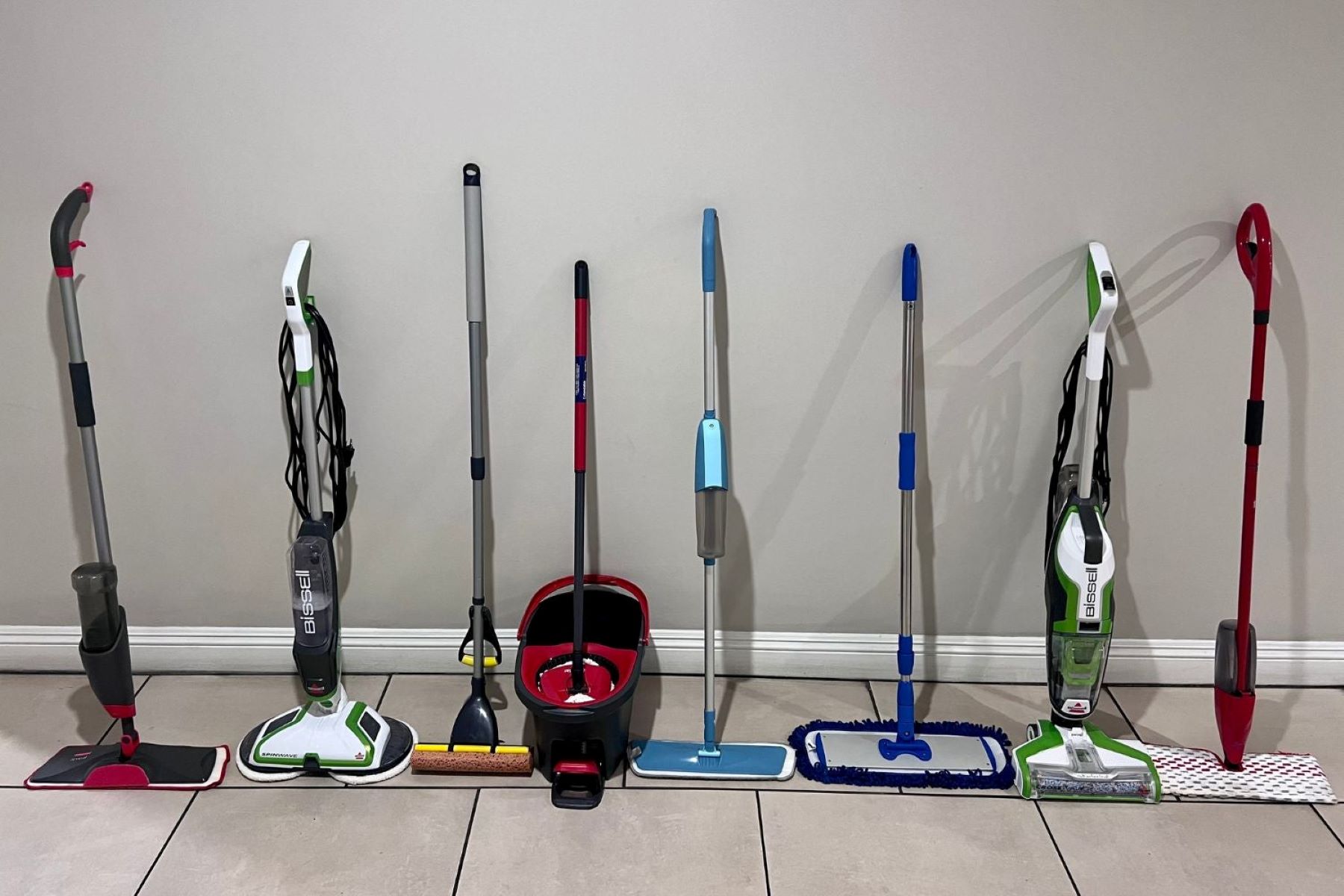
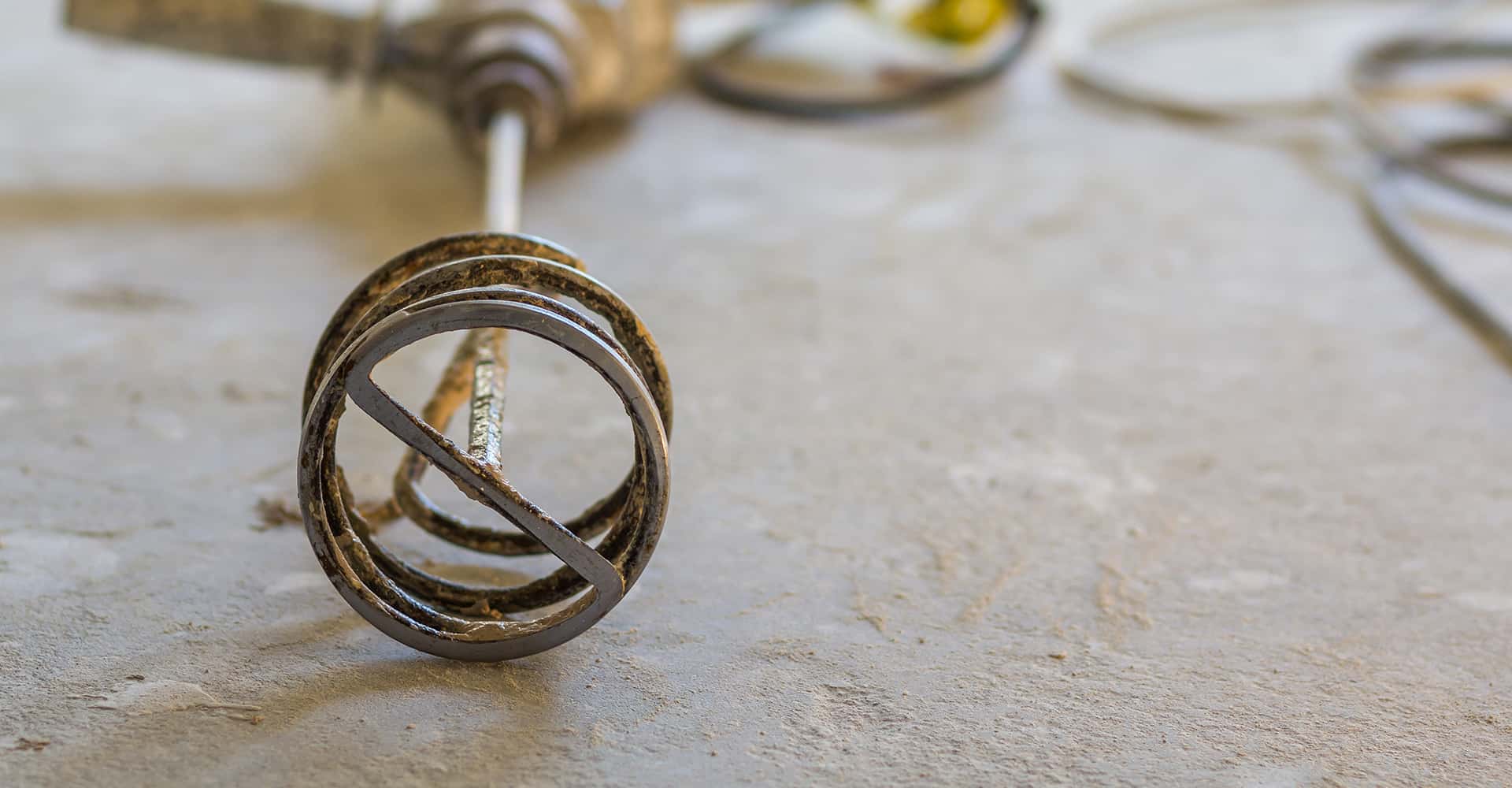
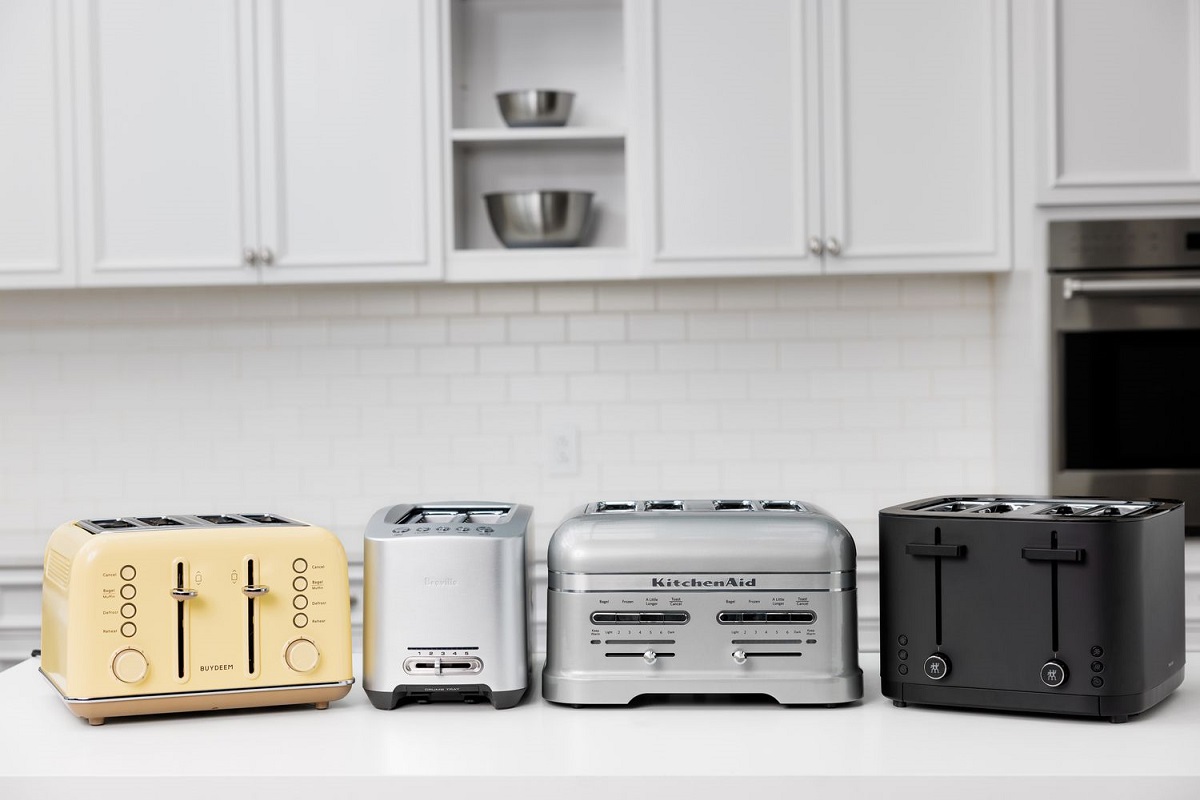

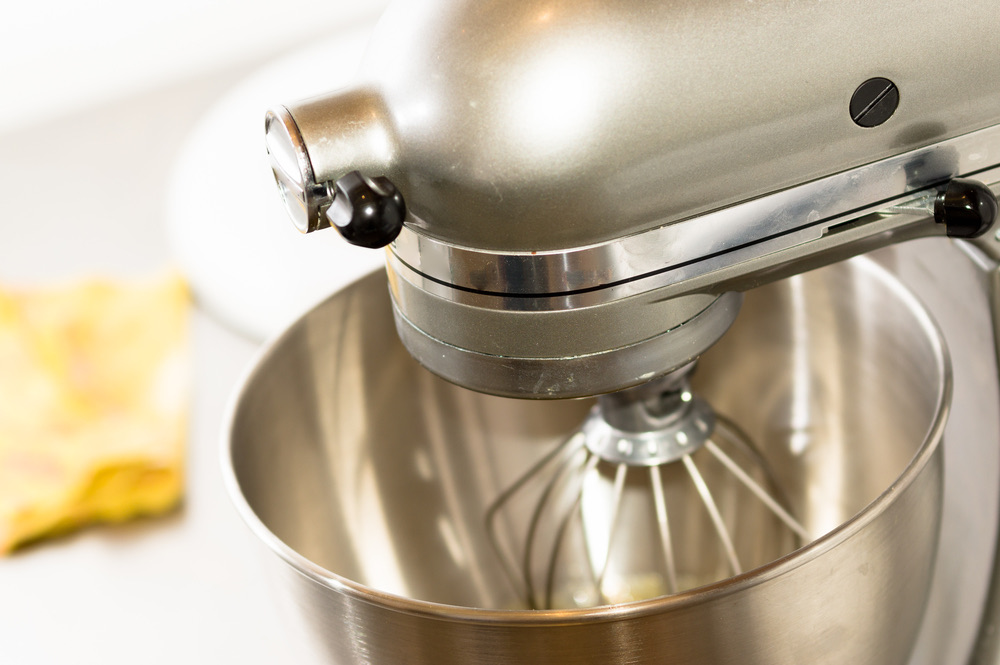
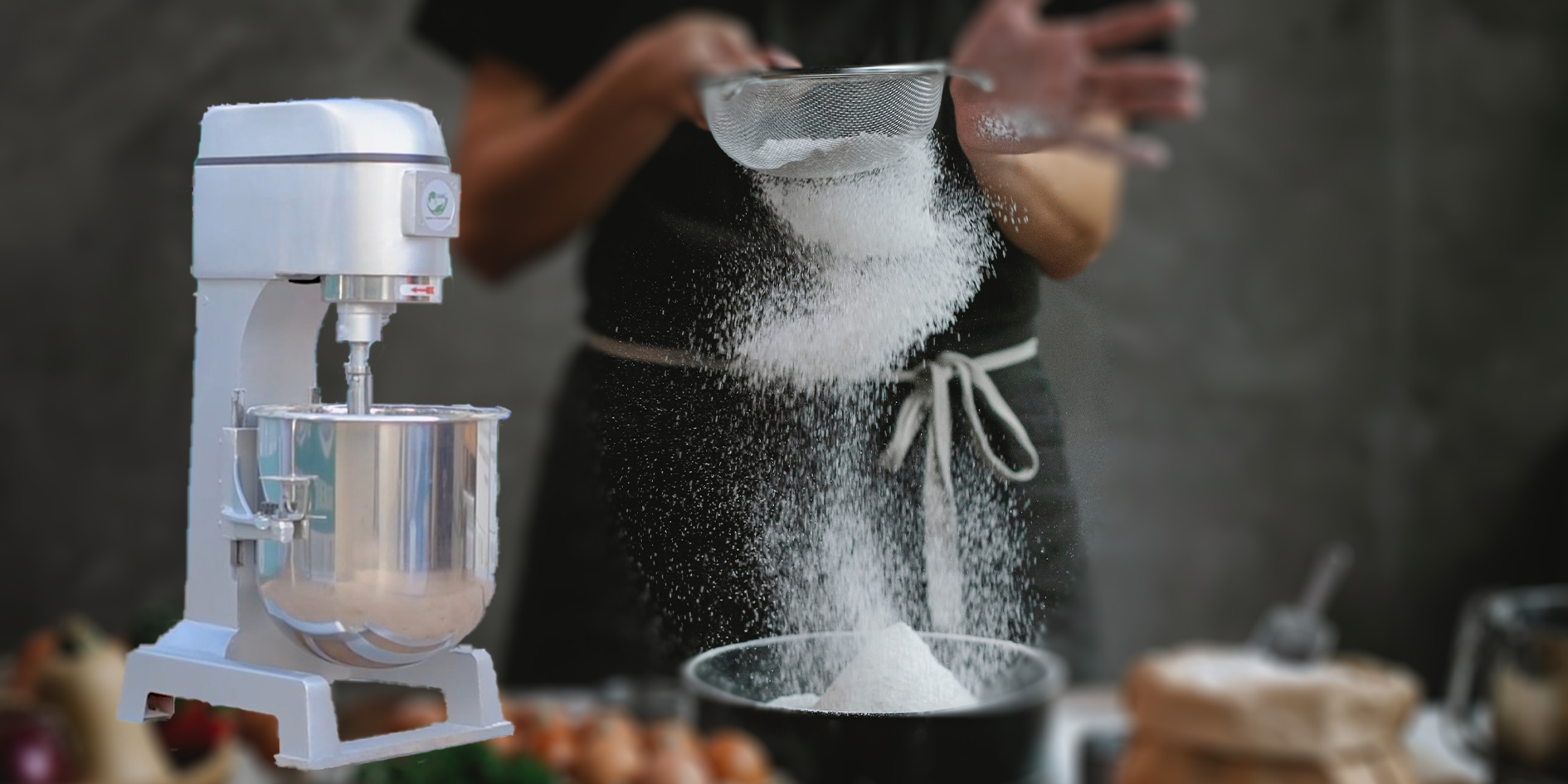
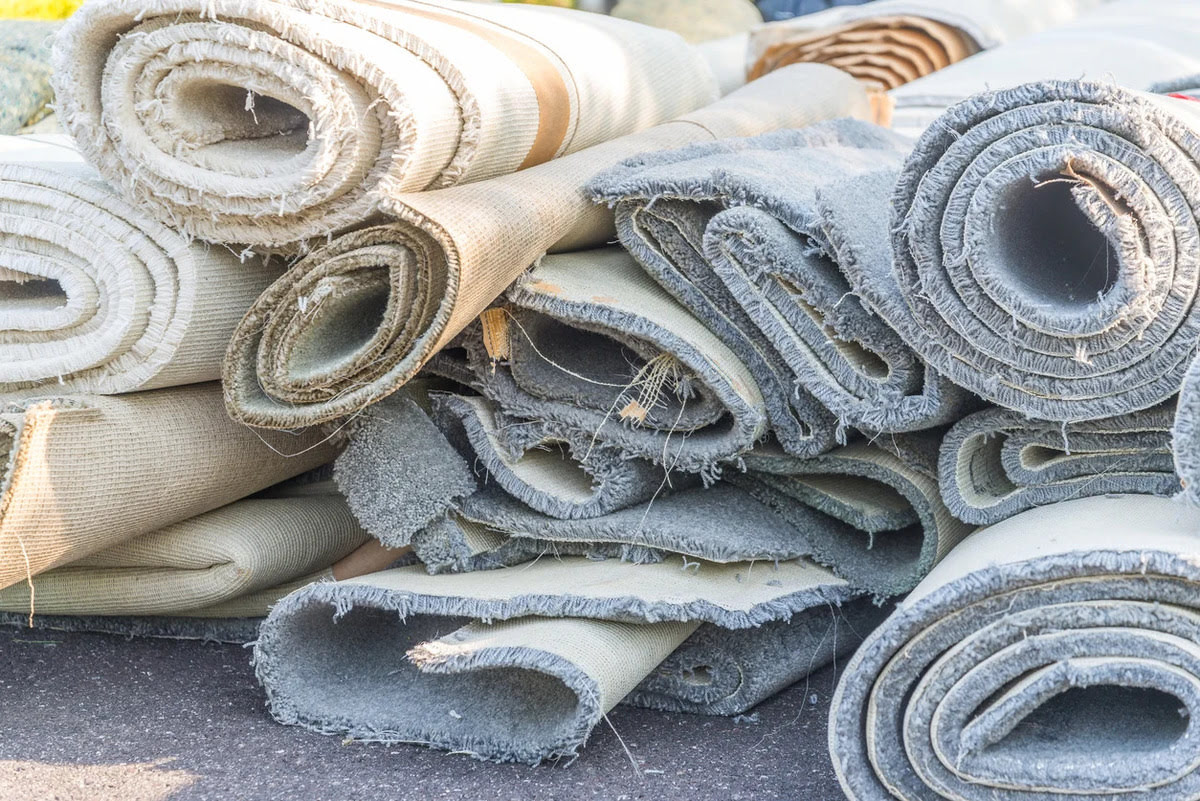
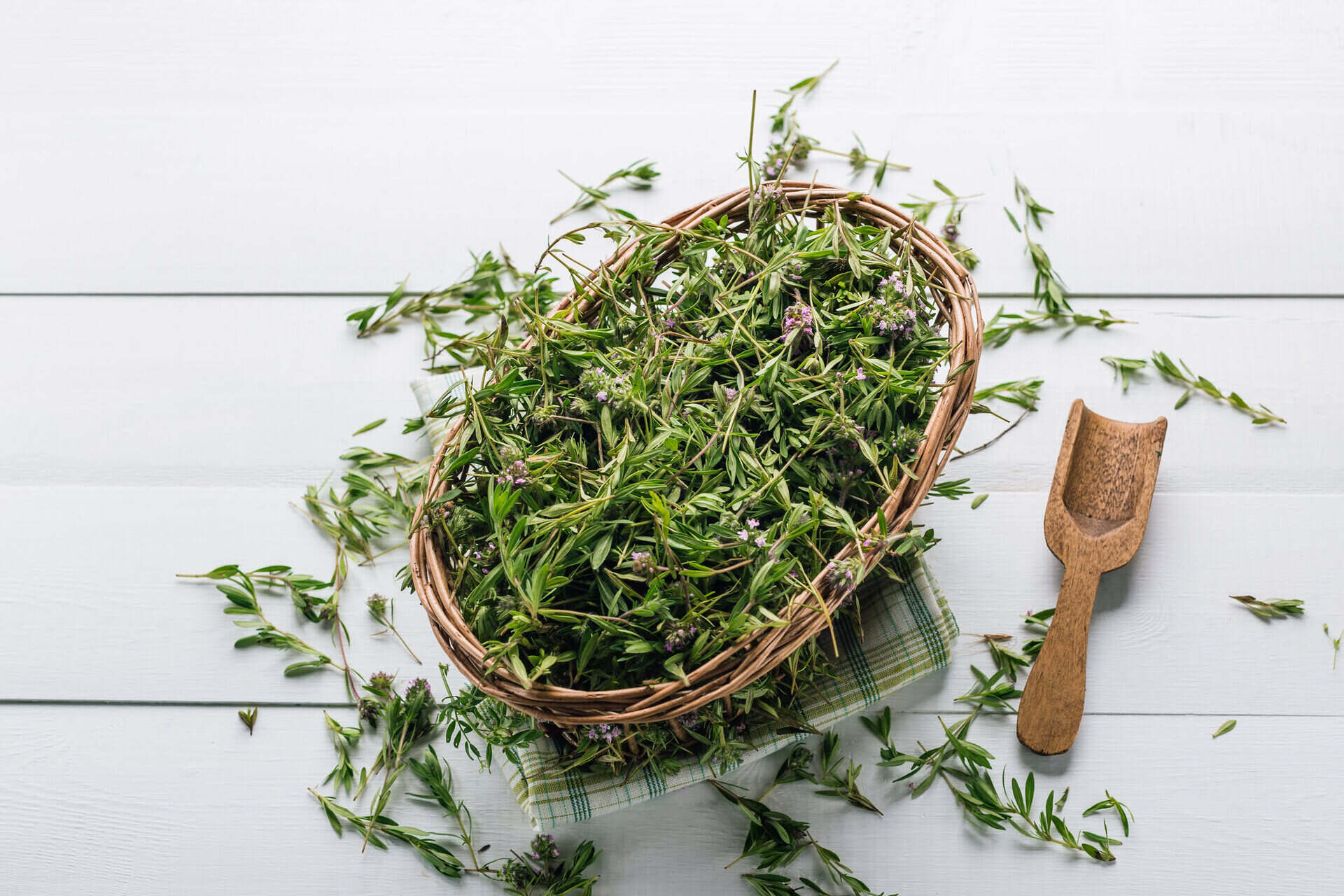

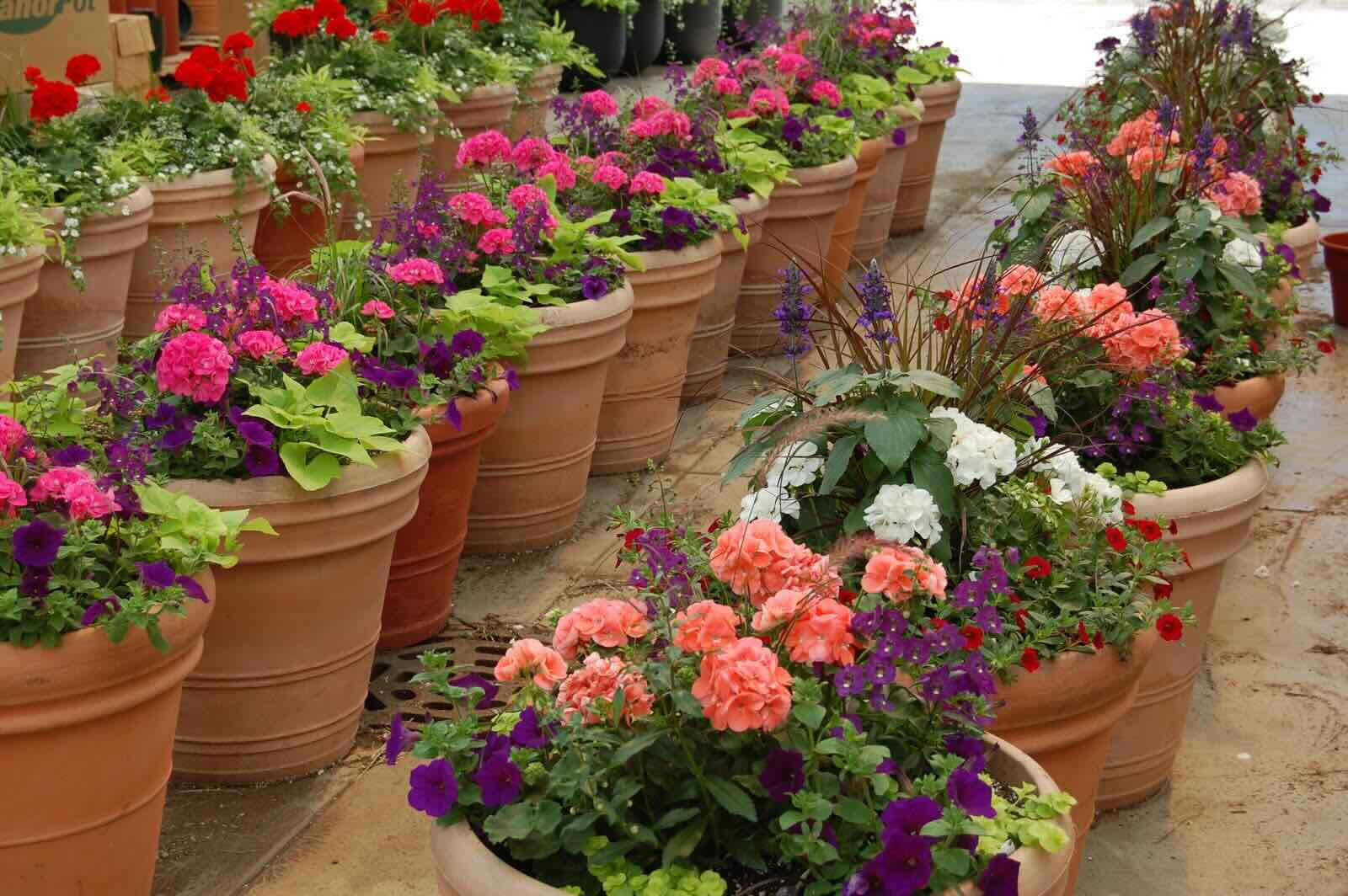
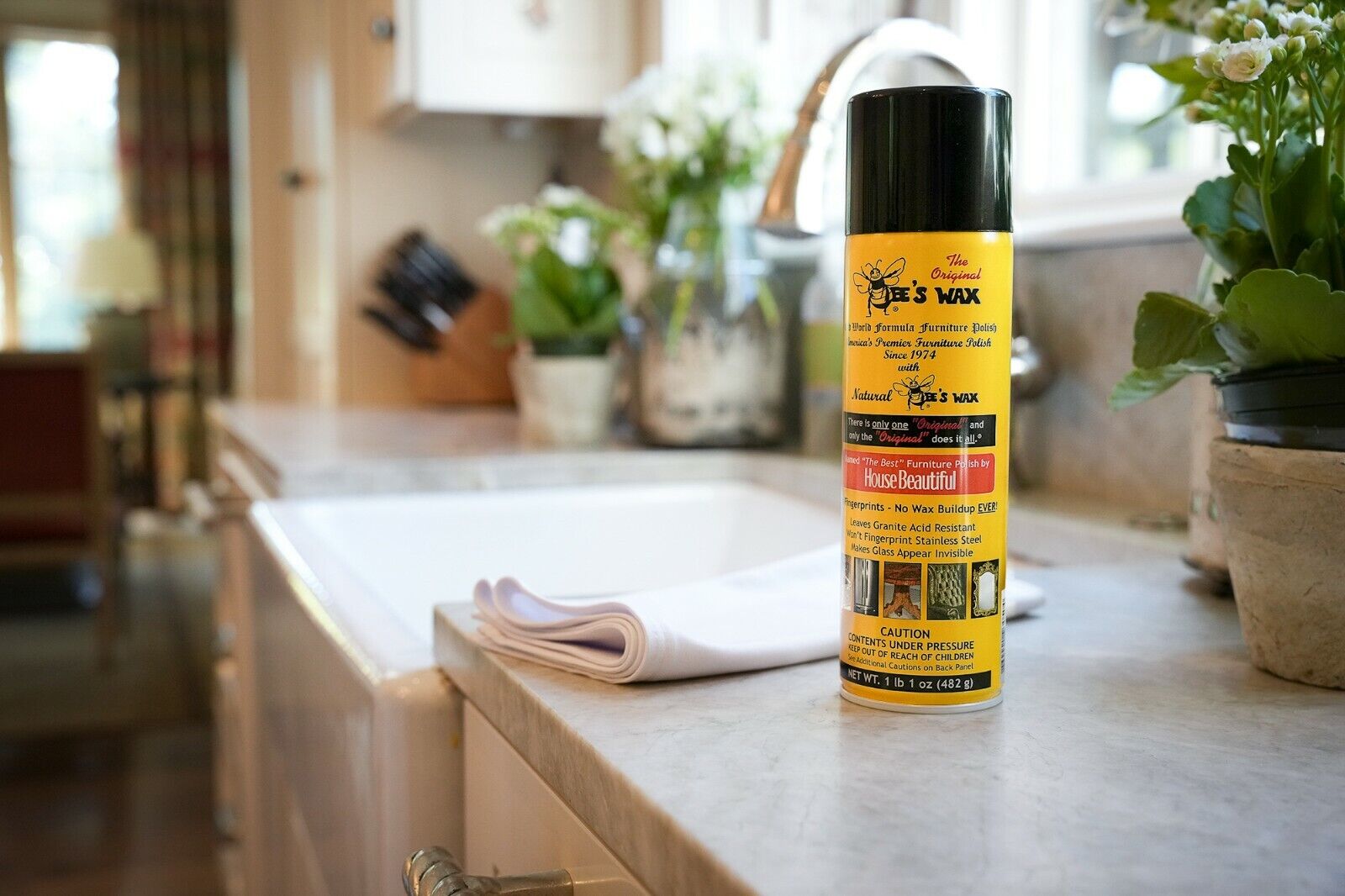
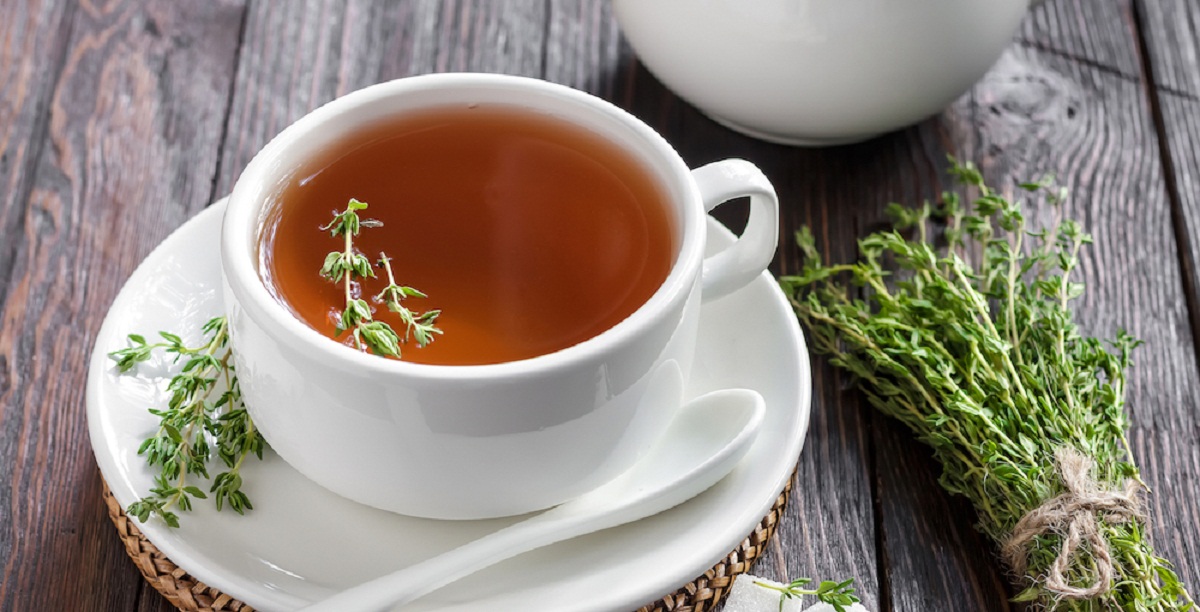



0 thoughts on “What Is Good Mixer”